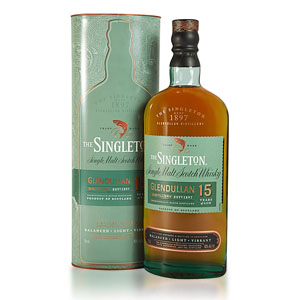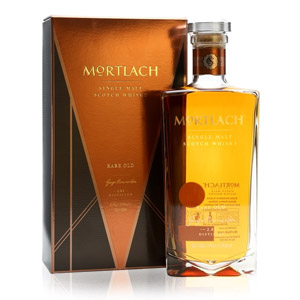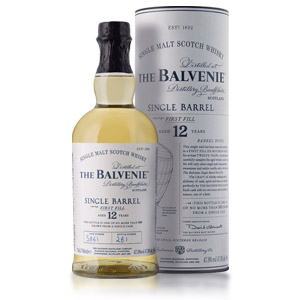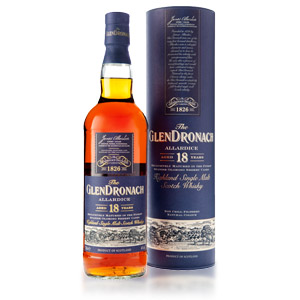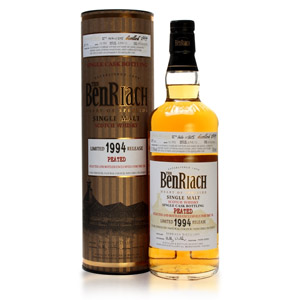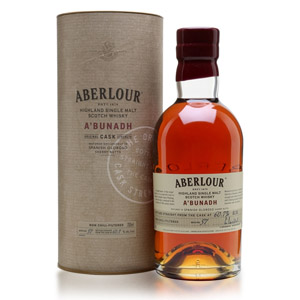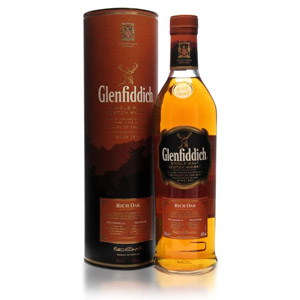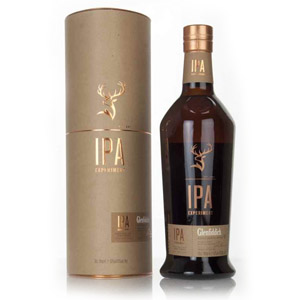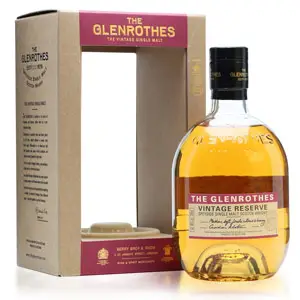The Singleton of Glendullan (15 year)
The Glendullan distillery is yet another one of those industrial factories that Diageo uses to spit out tens of thousands of liters of whisky every year, almost all of which goes into blends. There have been both official and independent bottlings of Glendullan for a long time, but they haven’t been marketed or distributed with much effort, nor received much attention.

